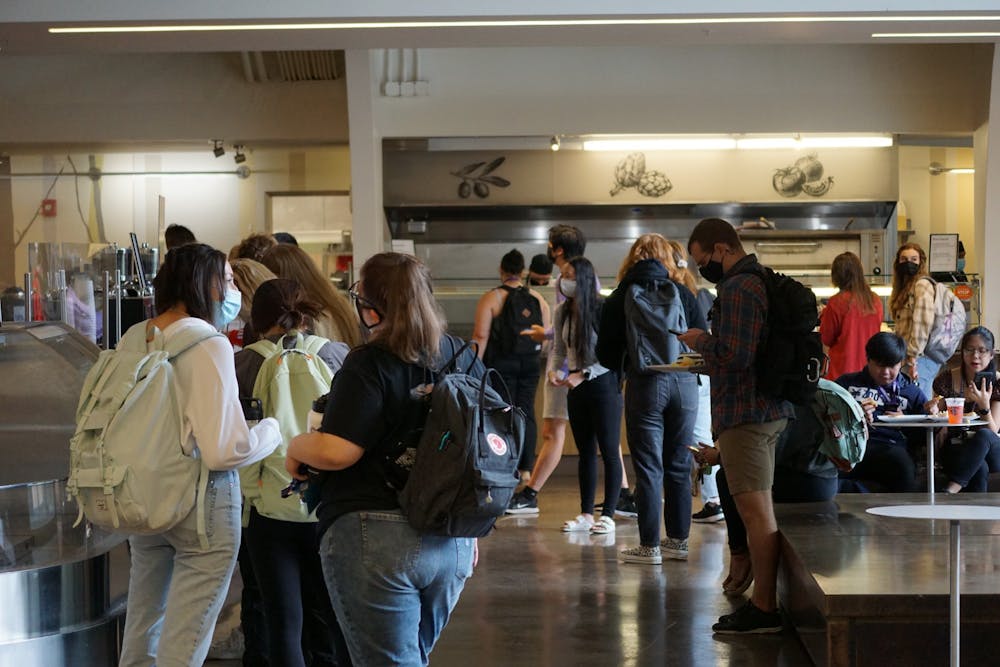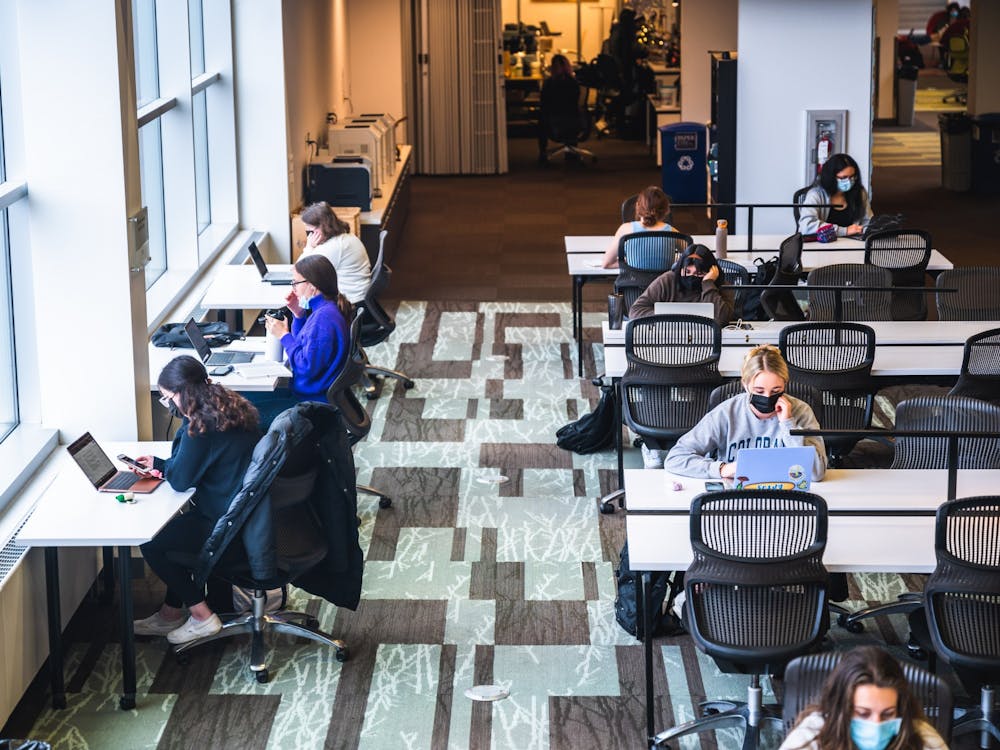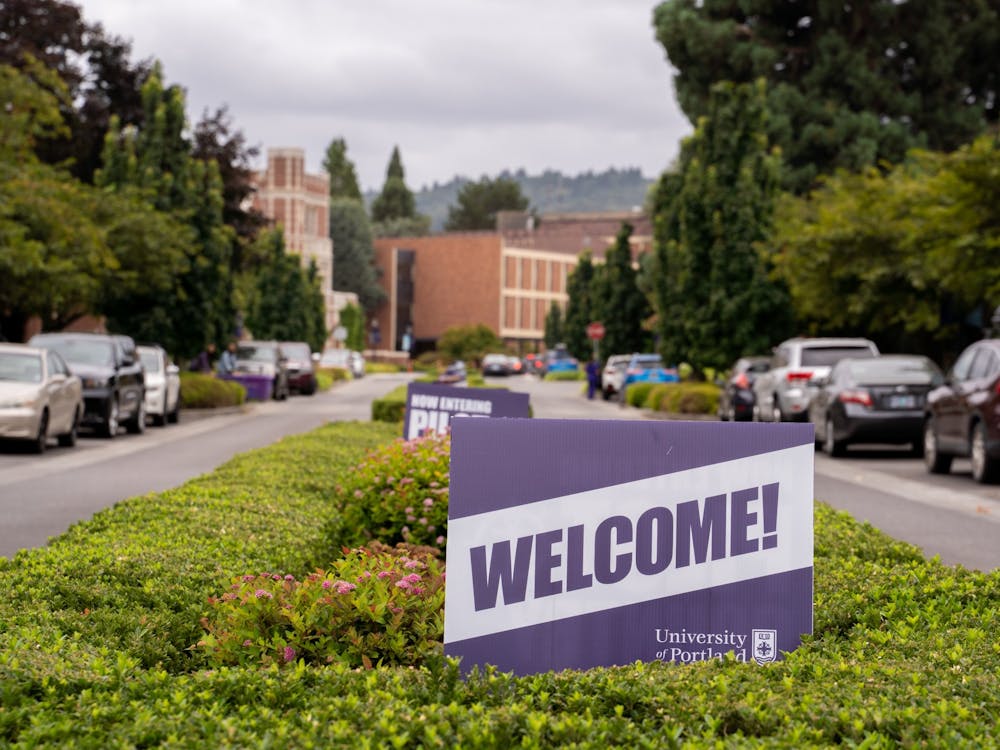UP recently relaunched the COVID-19 Dashboard showing the positive cases reported each week. Although the dashboard is updated weekly, the numbers might not be entirely accurate because UP stopped surveillance testing in May and is now reliant on self-reporting.
Cases on the dashboard are reported by students, faculty or by testing through the Health and Counseling Center. Joe Buck, a physician assistant for the HCC, is urging students to report positive tests.
“If a student tests positive for COVID, they need to let us know,” Buck said.
An informal Beacon survey showed that 35 out of 188 respondents would not report their positive case to UP if they didn’t have to, and 138 out of 205 respondents know how to access the student COVID-19 reporting form.
Students report positive cases via the student COVID-19 reporting form.
Last semester, UP surveillance tested students living on-campus or using on-campus resources. However, this year it has been replaced by take-home tests for those exposed to COVID-19 or experiencing symptoms.
Antigen self tests can be given through the HCC or picked up from Campus Safety between 8:30 a.m. and 4:30 p.m. Monday through Friday and anytime during the weekend. PCR tests are provided by the HCC for students that are symptomatic or had close contact with a person who tested positive for COVID-19.
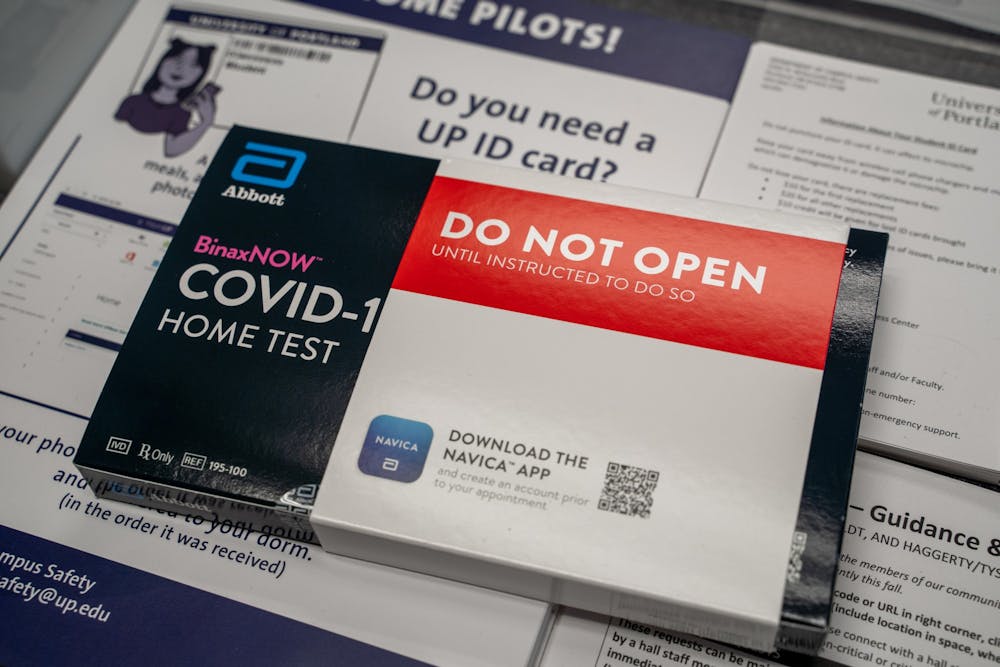
“The HCC also has PCR tests available for symptomatic students and those students who may have been exposed to COVID-19 through close contact.” Michael Lewellen, vice president for Marketing and Communications, said in an email to The Beacon.
Close contact is defined as being within 6 feet of someone for 15 minutes or longer who has tested positive for COVID-19, according to the Pilots Prevent website.
However, a lack of surveillance testing could allow for positive cases to go under the radar. The University of Notre Dame, UP’s sister school, is still conducting surveillance testing.
“The situation at the University of Notre Dame is quite different from UP, given the significantly larger population and the extraordinary number of visitors coming to campus for home football games,” Lewellen said. “UP is confident in the process we have in place.”
UP stopped surveillance testing because its 2 million dollar cost was not justified by the few number of positive cases found, according to Buck.
“We just didn't catch a lot of cases last year with surveillance testing,” Buck said. “We caught way more cases by doing contact tracing and testing people that were exposed and by testing symptomatic people.”
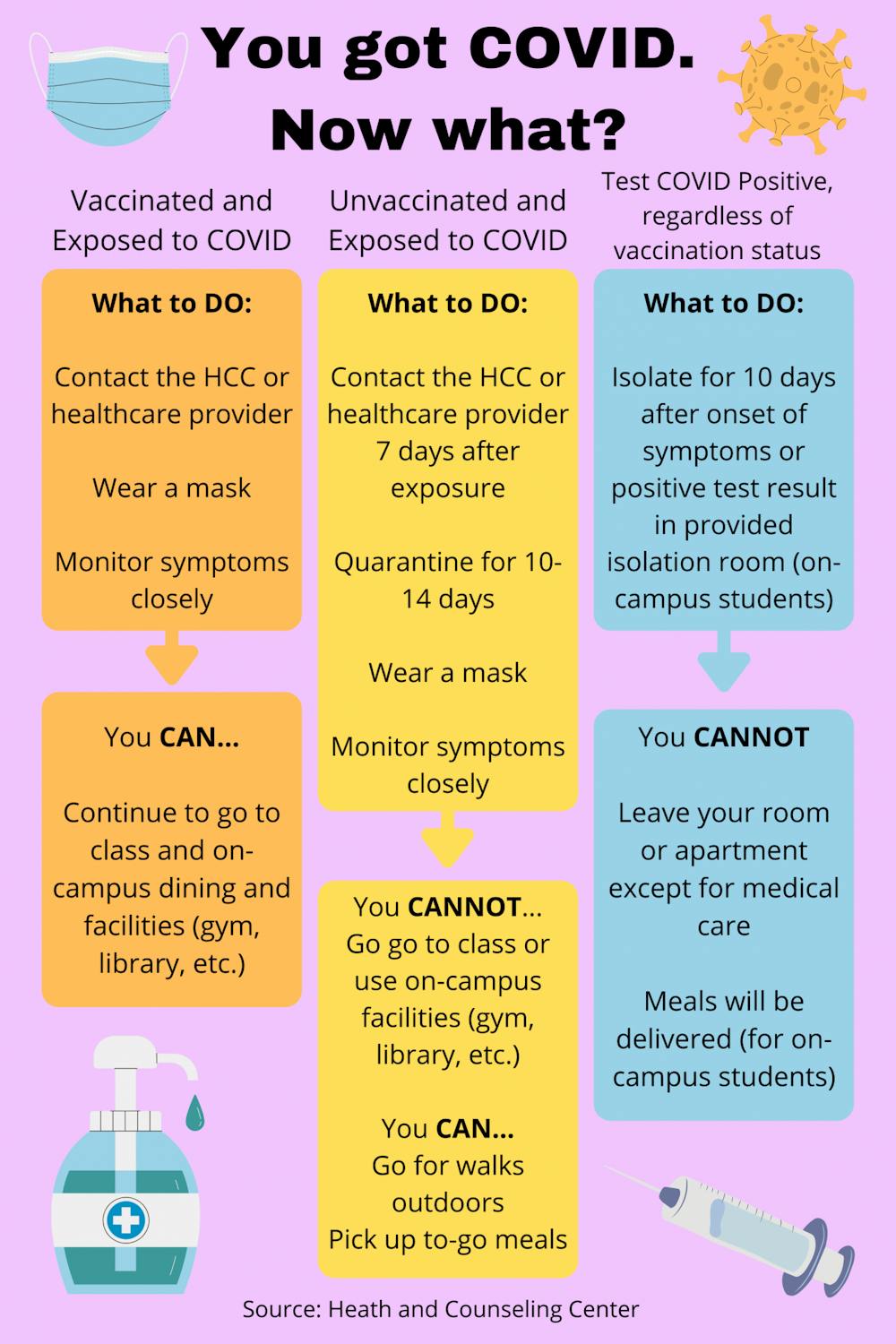
One thing working in UP’s favor is a high vaccination rate among students, faculty and staff.
The Vaccine Dashboard shows that 98.7% of students provided proof of vaccination or requested an exemption, with 96.4% being confirmed vaccinated. For faculty and staff, 98.5% provided proof of vaccination or requested an exemption, and 96.6% are confirmed to be vaccinated.
Buck is encouraging the UP community to get vaccinated and to keep wearing their masks.
“The two best tools that we have right now are masks and vaccines,” Buck said. “If a student is wearing a mask and vaccinated, their chances of catching COVID are greatly diminished.”
Kate Cuadrado is a reporter for The Beacon. She can be reached at cuadrado24@up.edu.



